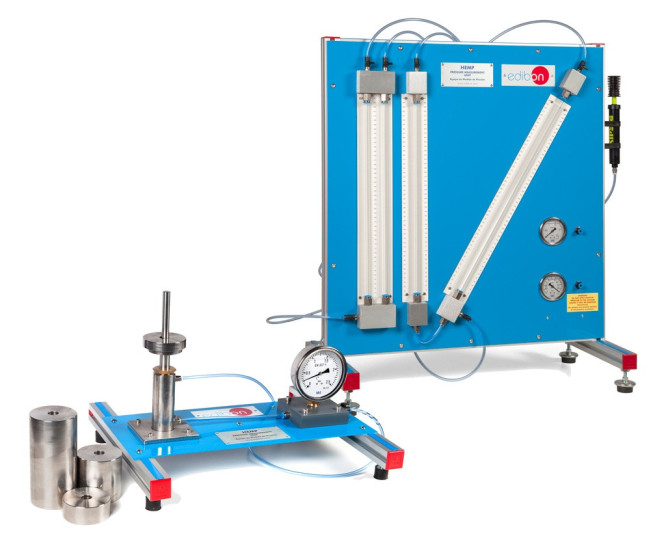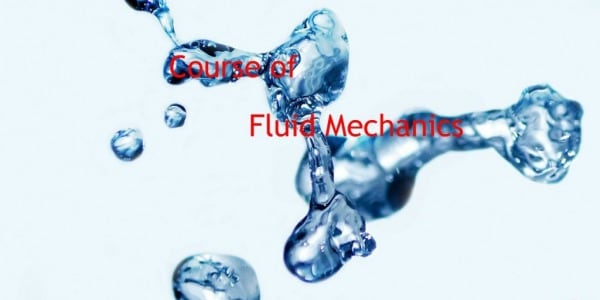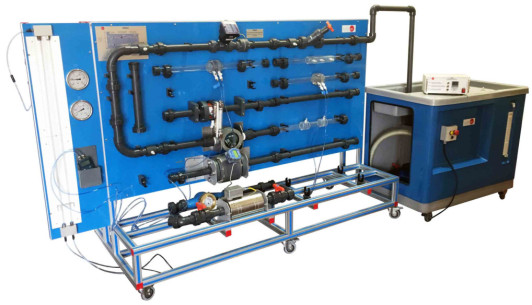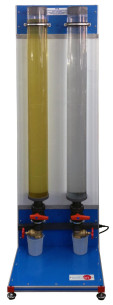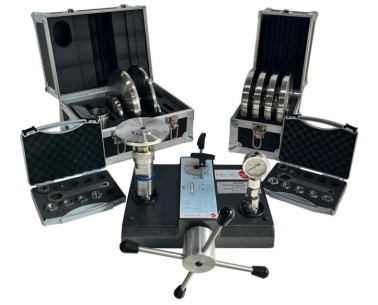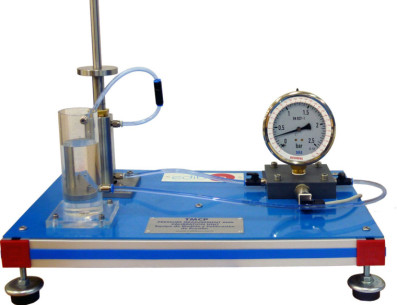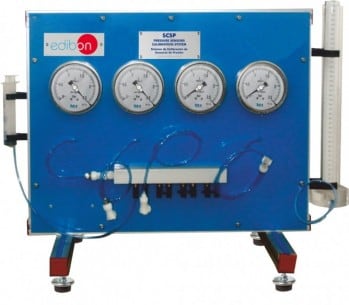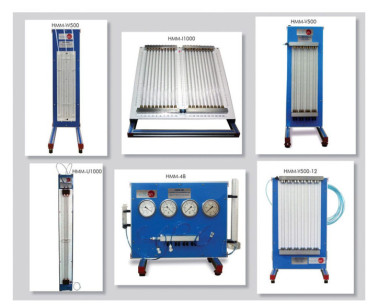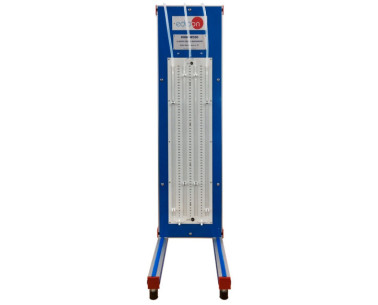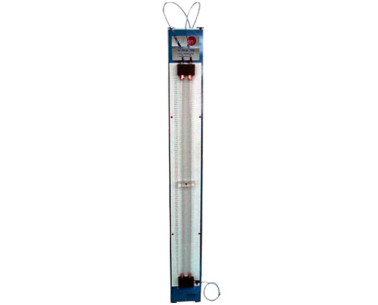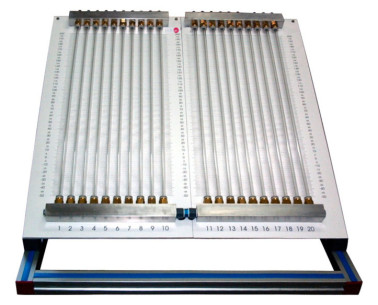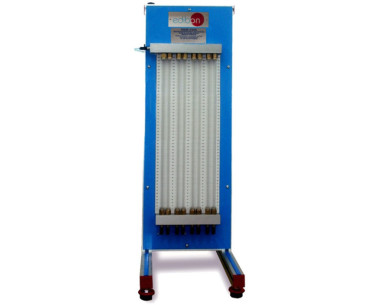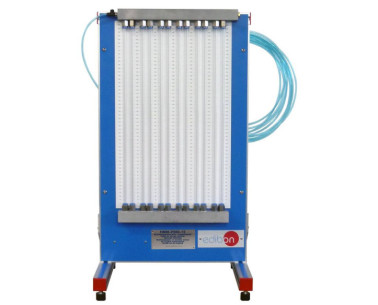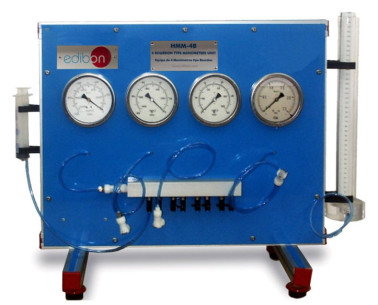HEMP Pressure Measurement Unit
INNOVATIVE SYSTEMS
The Pressure Measurement Unit, "HEMP", designed by EDIBON, allows to study pressure measurement techniques widely, since different manometers can be used to understand and compare the operation characteristics of the different devices and to study their calibration principles.
Laboratories
RELATED NEWS
General Description
The Pressure Measurement Unit, "HEMP", enables a wide range of investigations and studies into pressure measurement techniques, using Bourdon type manometers and different U-tube manometers, to understand the operation, the characteristics of the devices, and to study the principles of calibration and to do practical exercises and experiments about it.
The "HEMP" unit mainly consists of:
- Vertical "U" type manometer (direct measurement).
- Inclined "U" manometer (direct measurement).
- Positive pressure Bourdon manometer (indiret measurement).
- Negative pressure Bourdon manometer (indiret measurement).
In addition, the unit includes a Dead Weight Calibrator, "FME10". It consists of a cylinder with a sliding precision piston fitted inside. A mass calibrated system is added to generate a certain amount of preset pressures inside the cylinder. The Bourdon manometer, whose correct operation has to be checked beforehand with the aid of the piston and masses, is connected to the cylinder through a flexible tube.
Exercises and guided practices
GUIDED PRACTICAL EXERCISES INCLUDED IN THE MANUAL
- Familiarisation with different pressure measurement methods.
- Study of the function and characteristics of a Bourdon type manometer.
- Study of the function and characteristics of an "U" tube manometers.
- Pressure measurements with Bourdon type manometers. Indirect measurement.
- Pressure measurements with vertical or inclined U-tube manometers. Direct measurement.
- Comparison between the different methods of pressure measurement.
- Calibration of a pressure gauge.
- Determination of measurement errors.
- Checking the readings of a Bourdon type manometer using a calibrated standard set of masses.
- Determination of the hysteresis curve of a manometer.
SUPPLEMENTARY EQUIPMENT
Drop Ball Viscometer and Resistance Coefficient Determination Unit
Precision Pressure Gauge Calibrator
Pressure Measurement and Calibration Unit
Pressure Sensors Calibration System
Manometers & Multimanometers (several types):
U-Shape Double Manometer
U-Shape Manometer
Inclined Multimanometer with 20 manometric tubes of 250 mm length
Multimanometer with 8 manometric tubes of 500 mm length, vertical position
Multimanometer with 12 manometric tubes of 500 mm lenght, vertical position
4 Bourdon type Manometers Unit
Quality

AFTER-SALES SERVICE

 Cookie preferences
Cookie preferences

